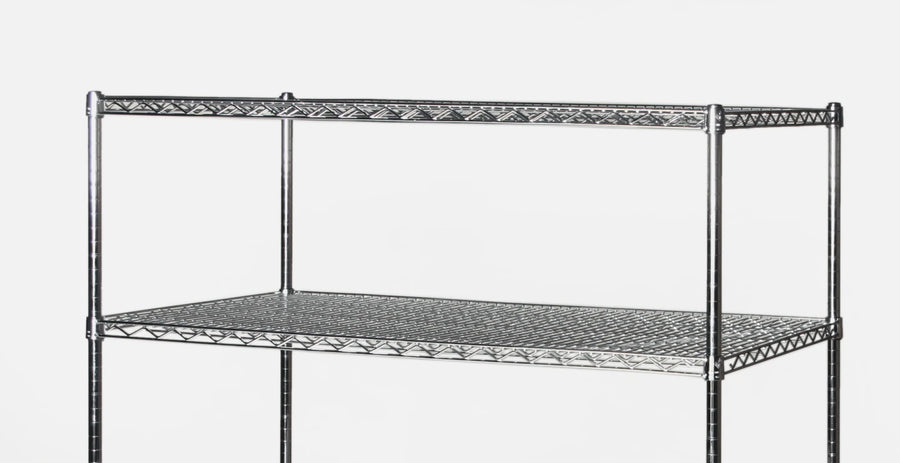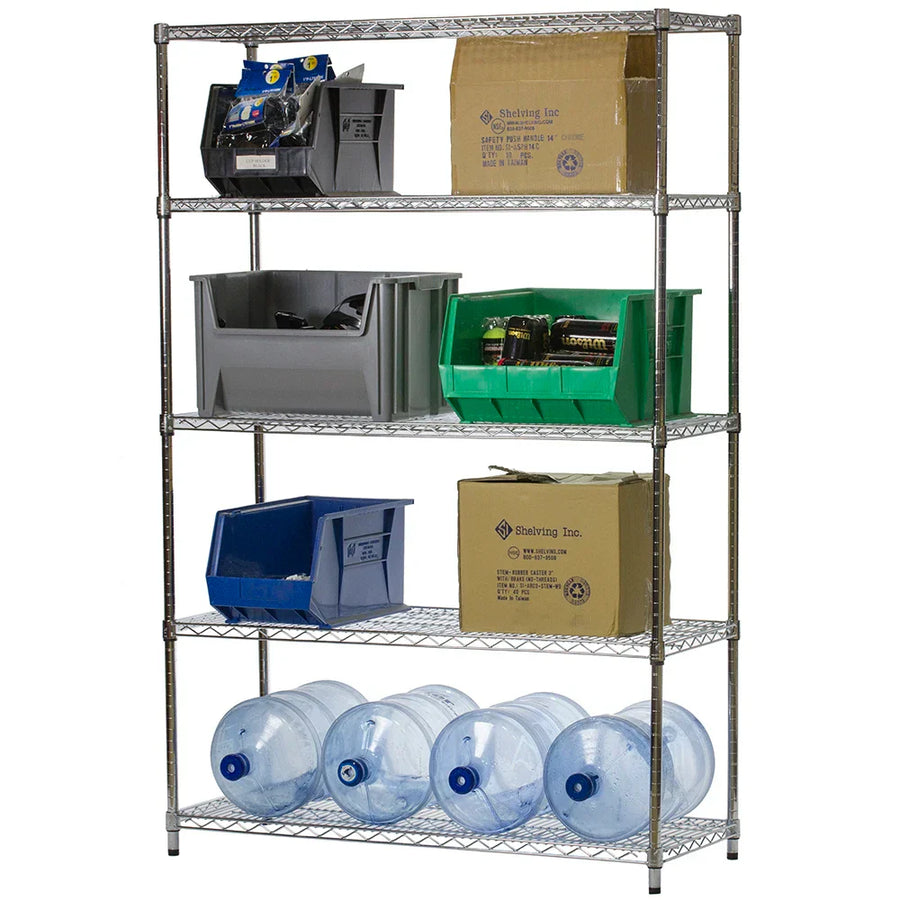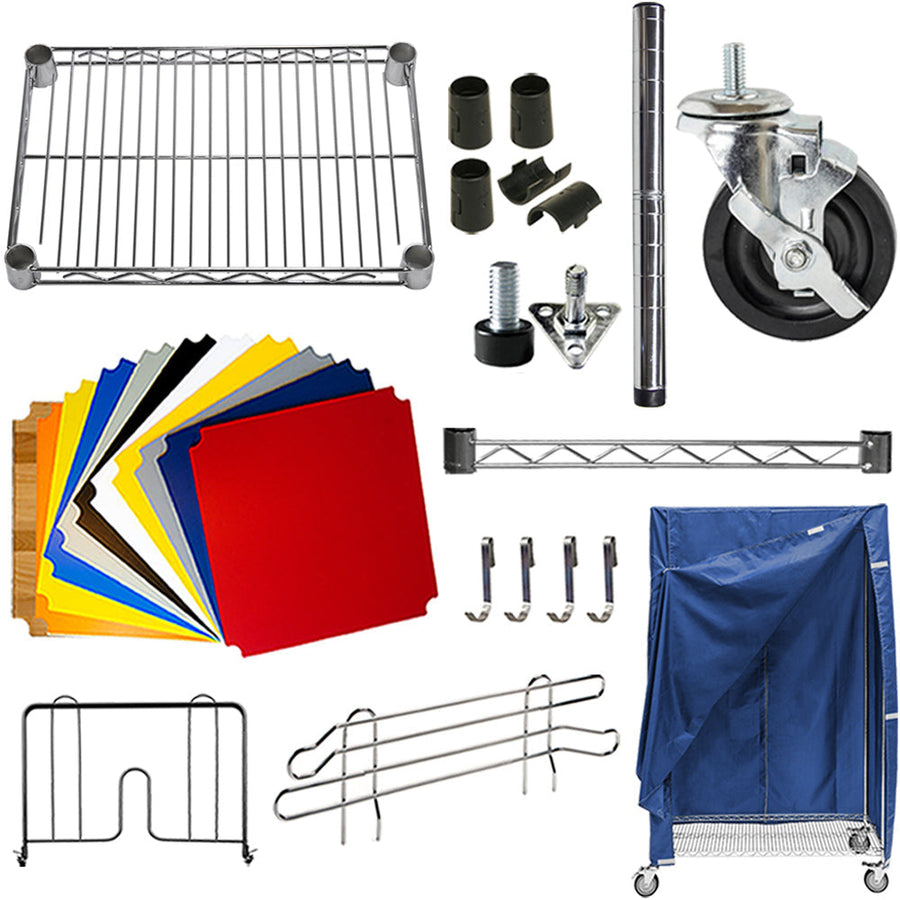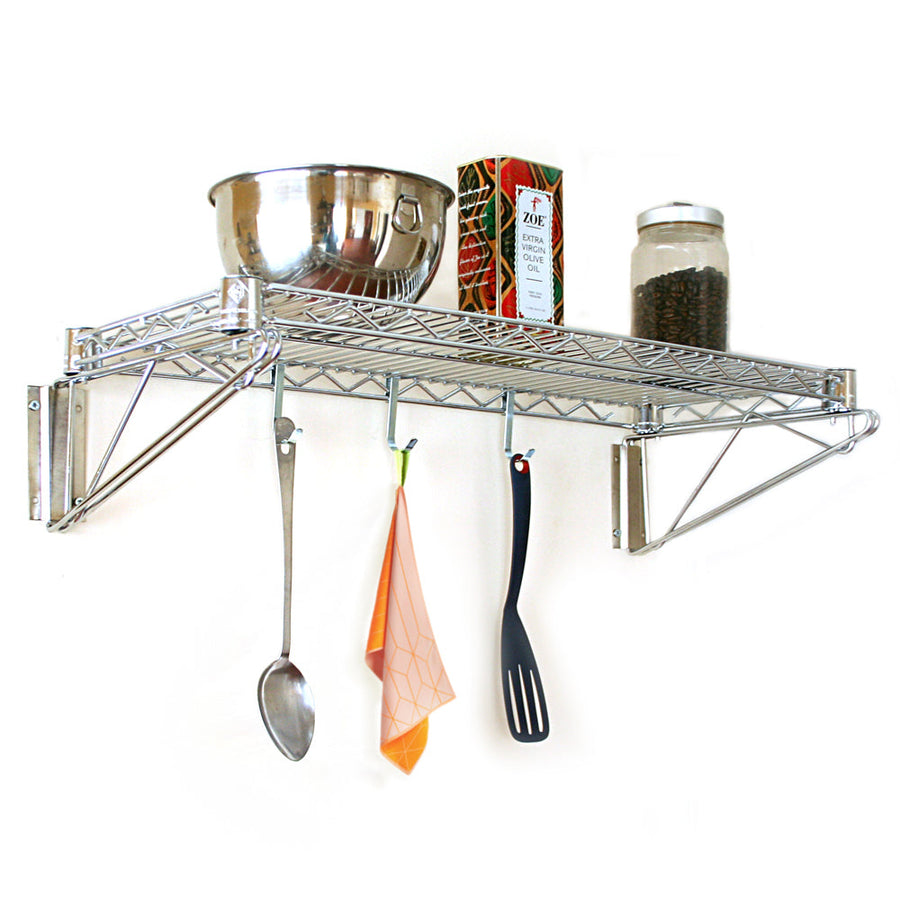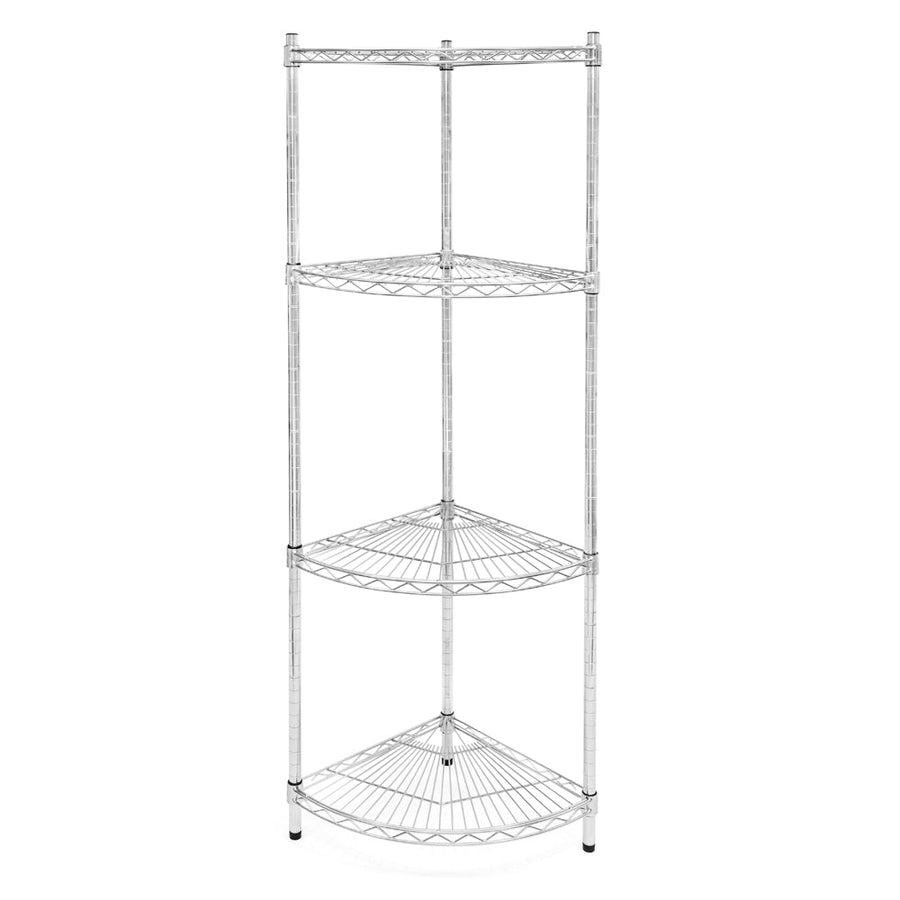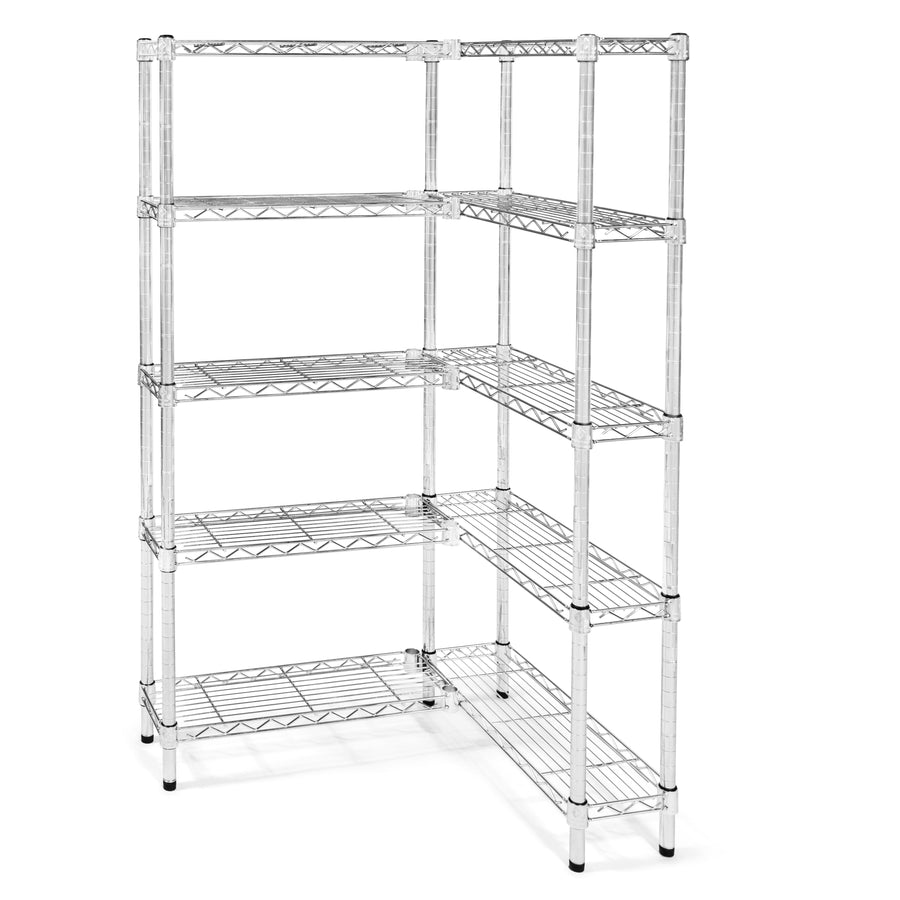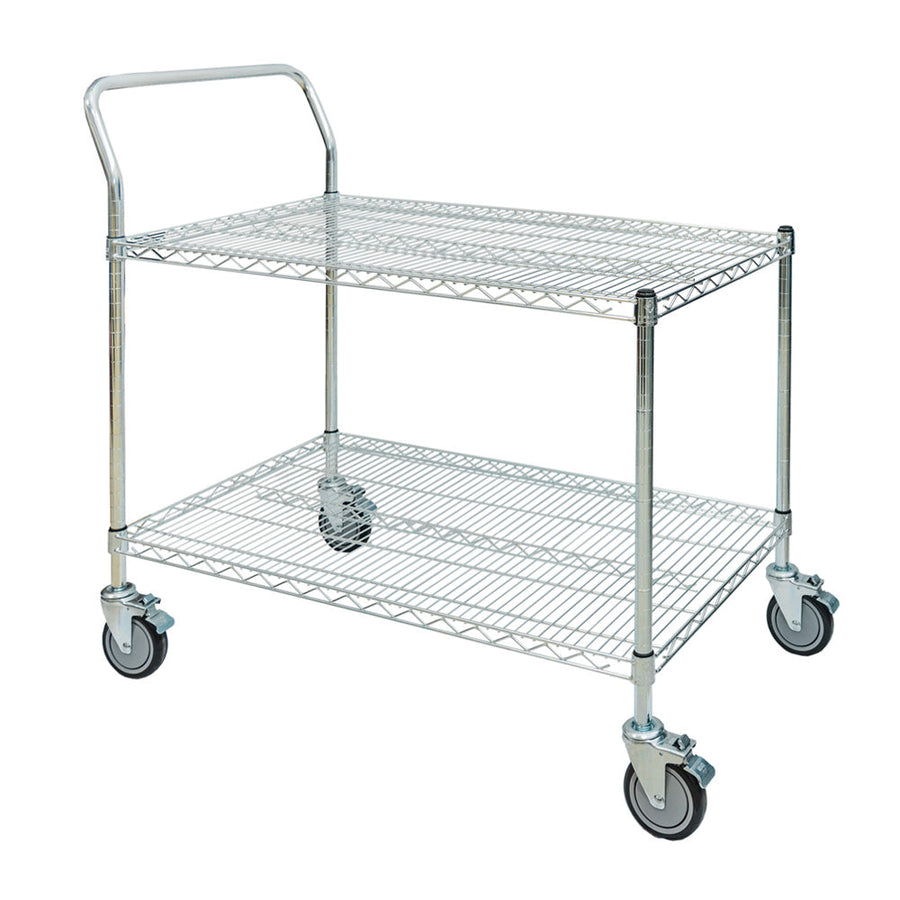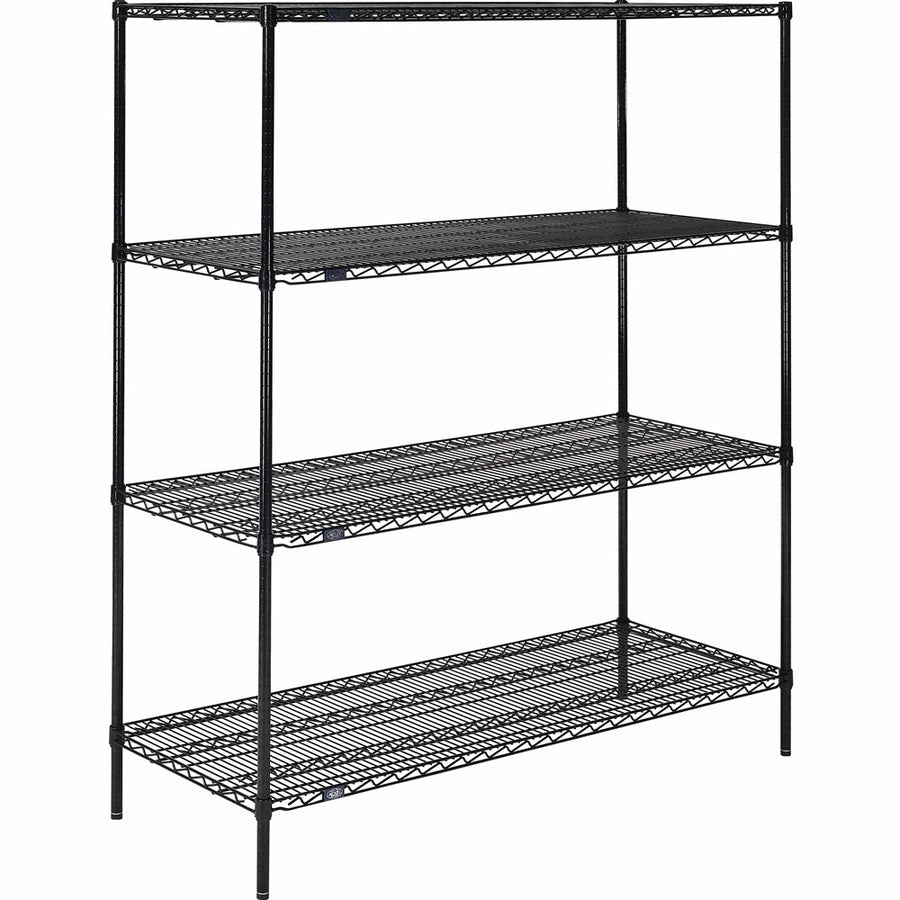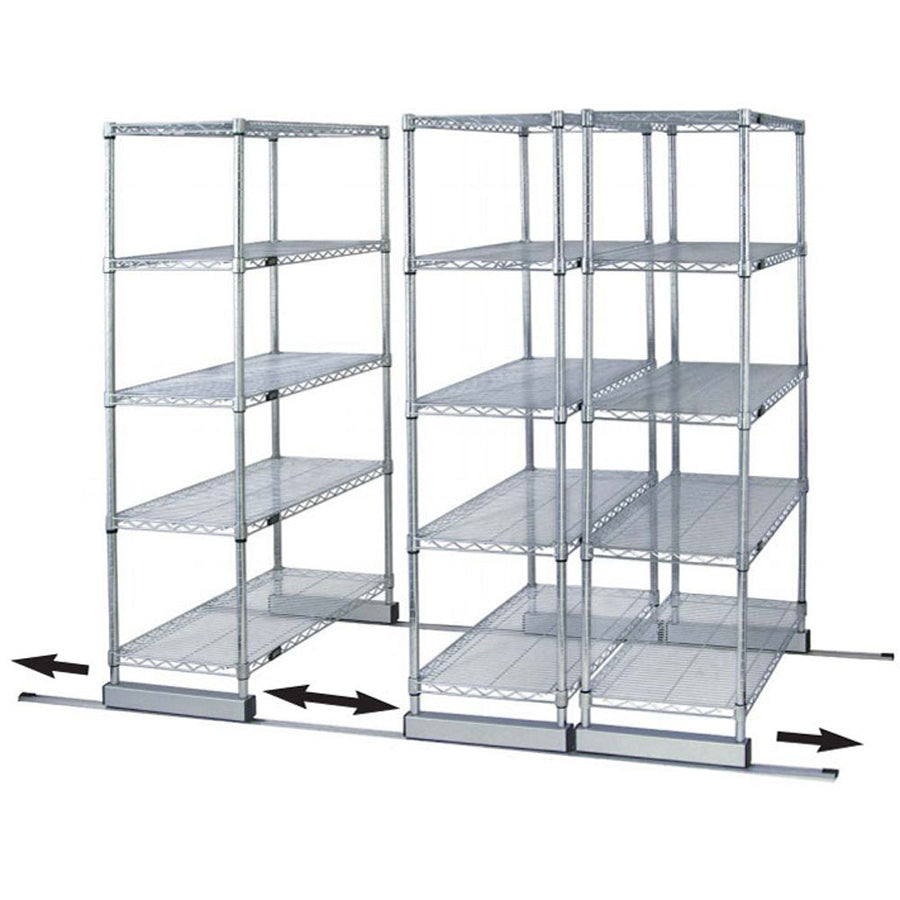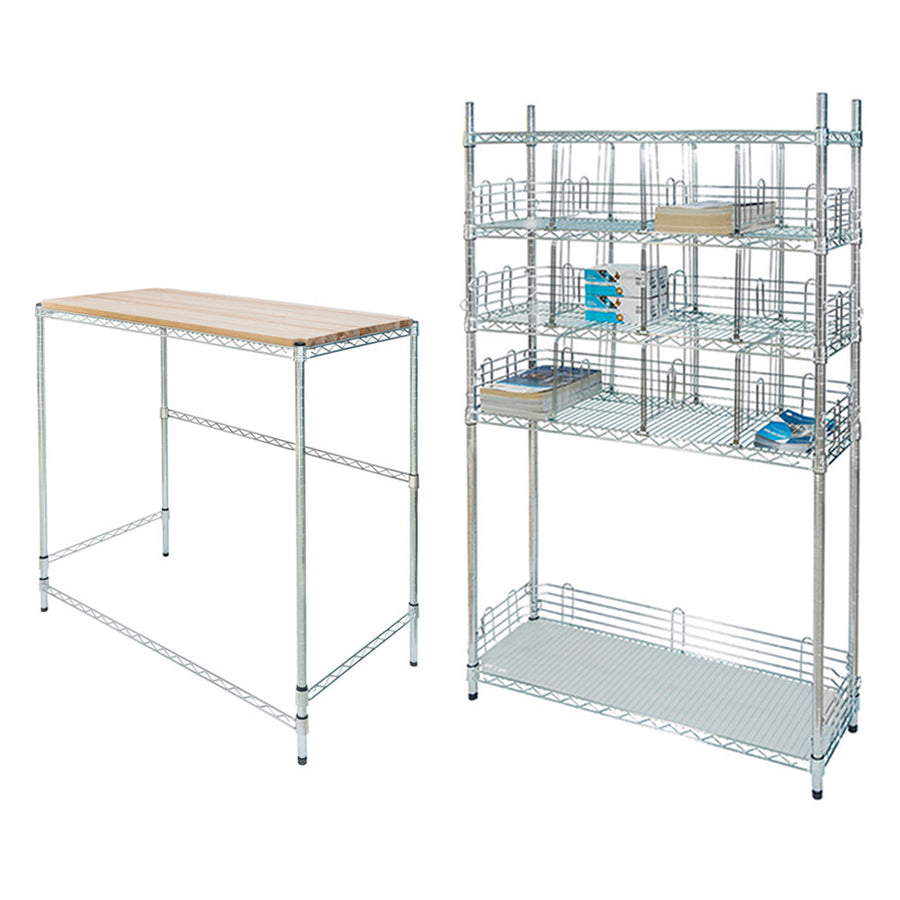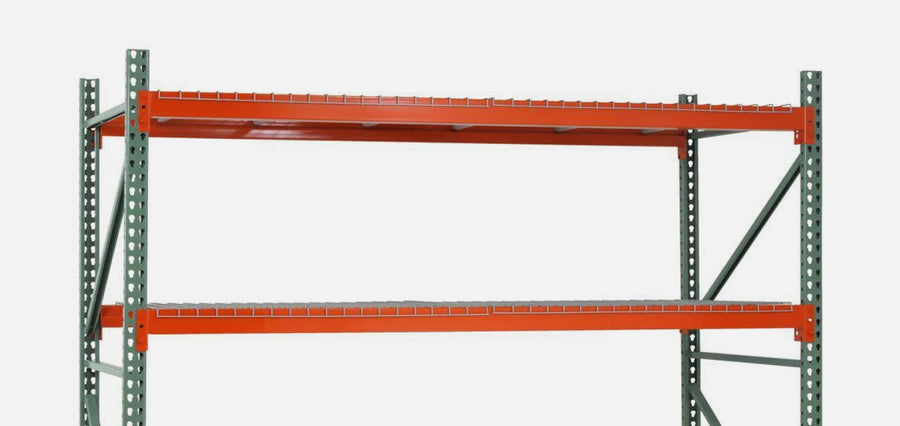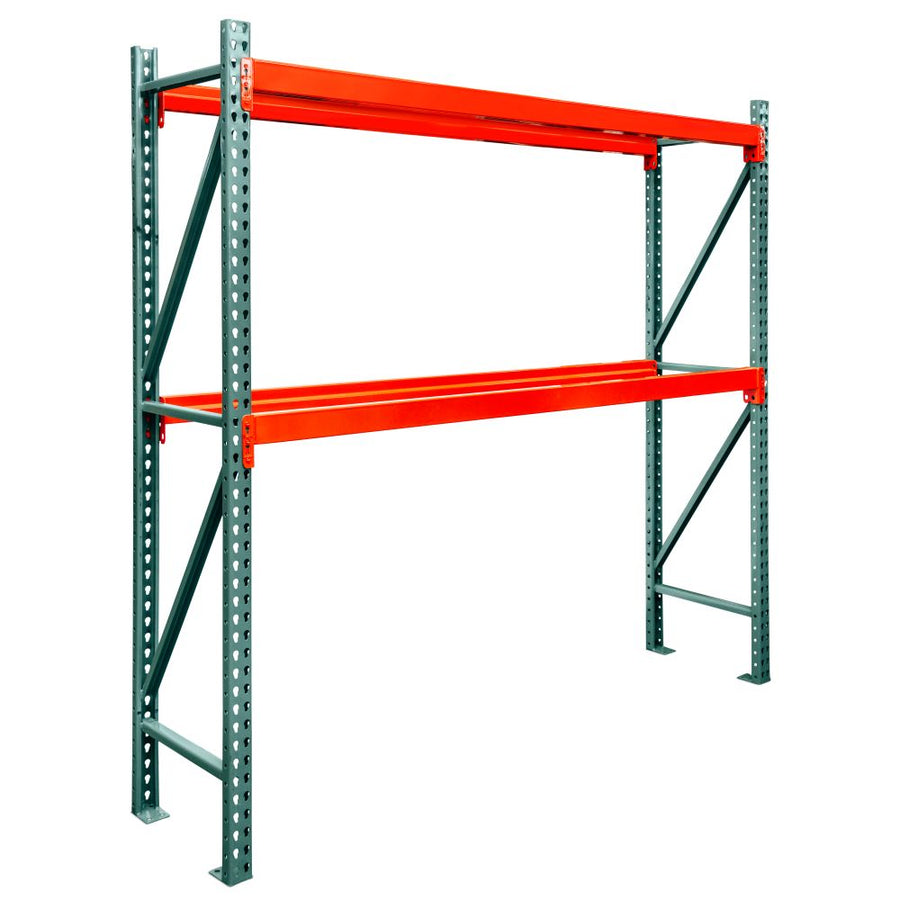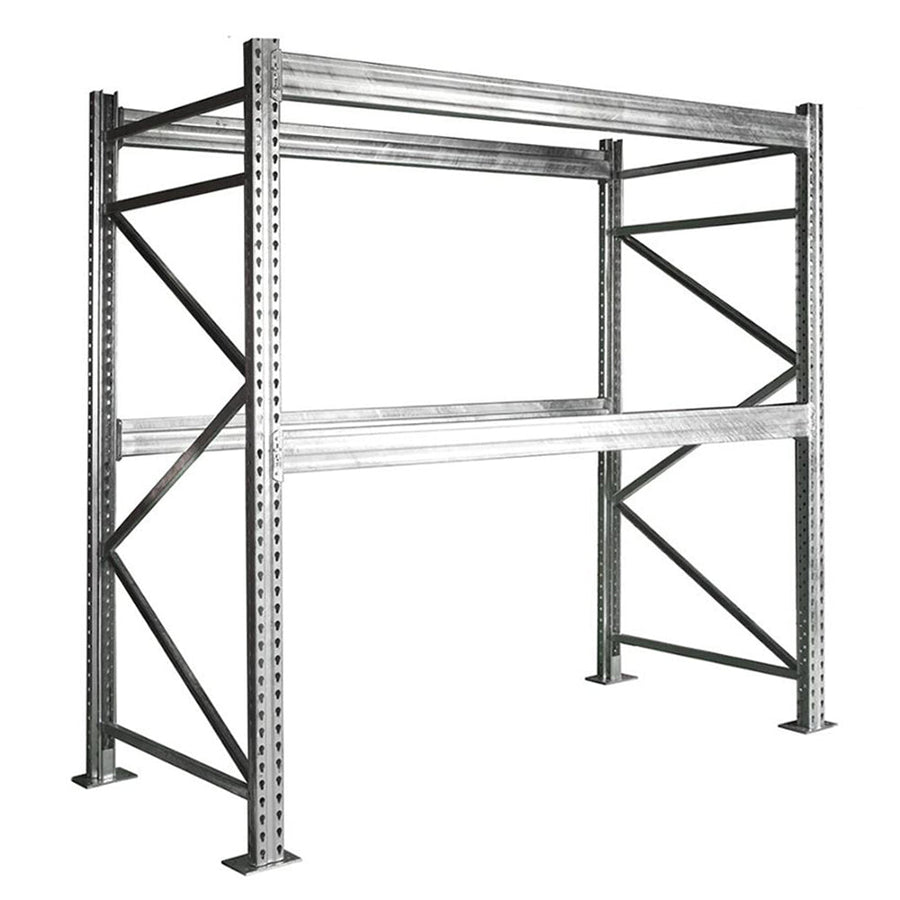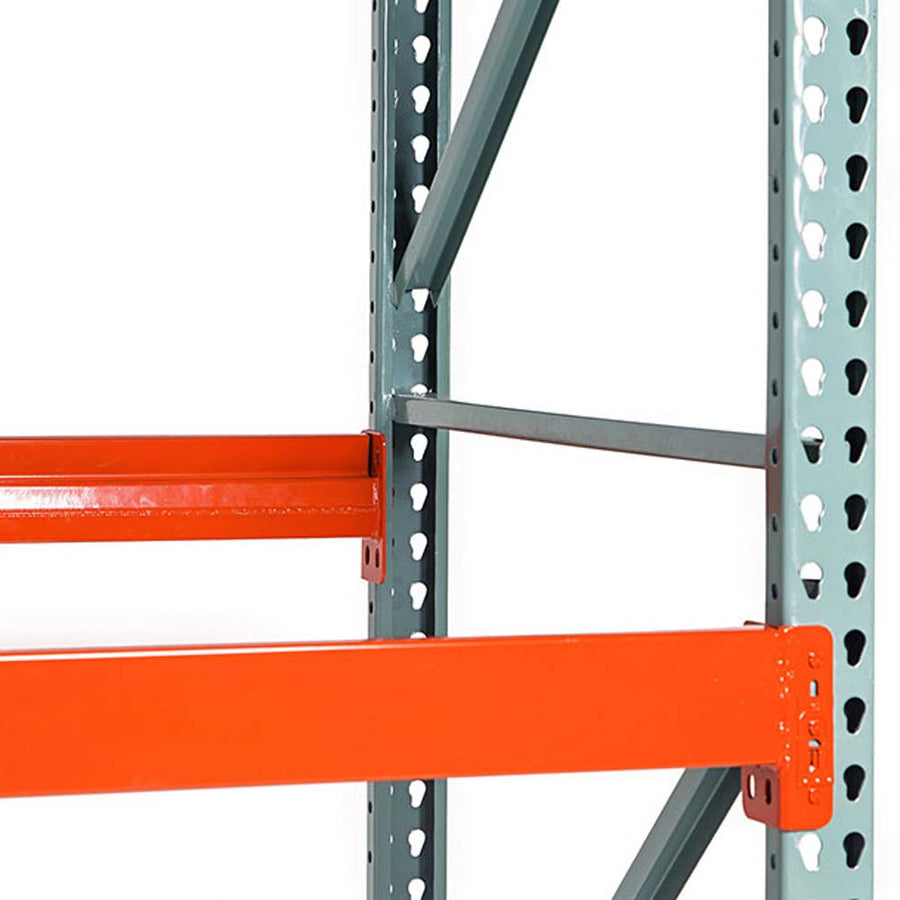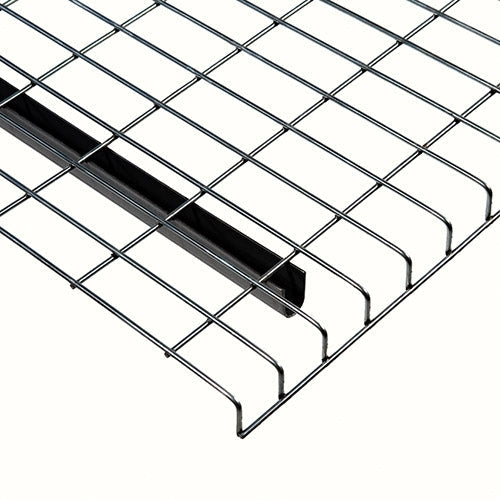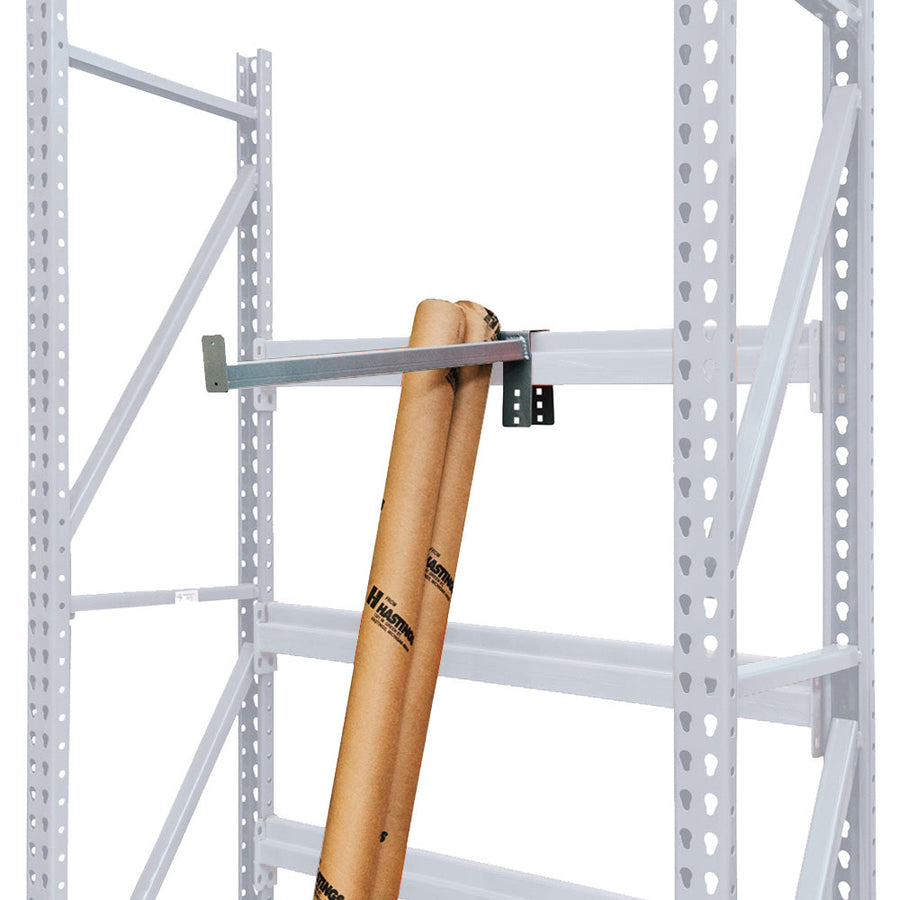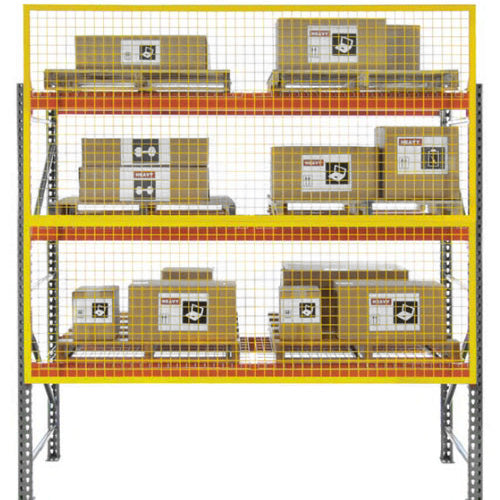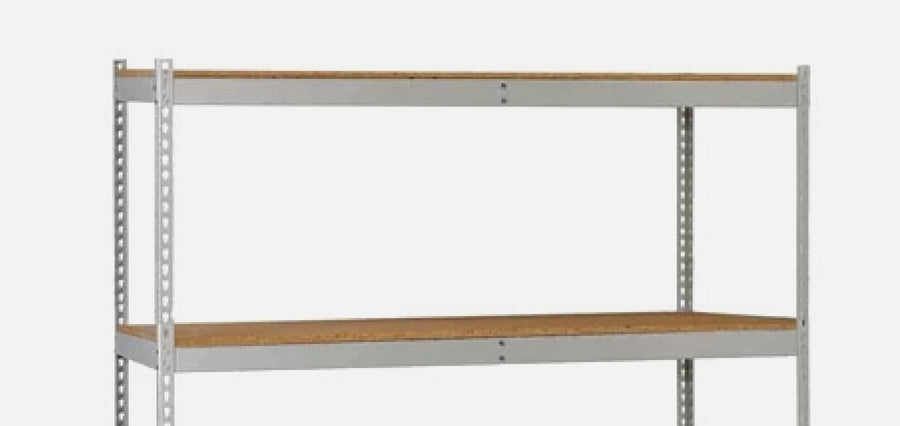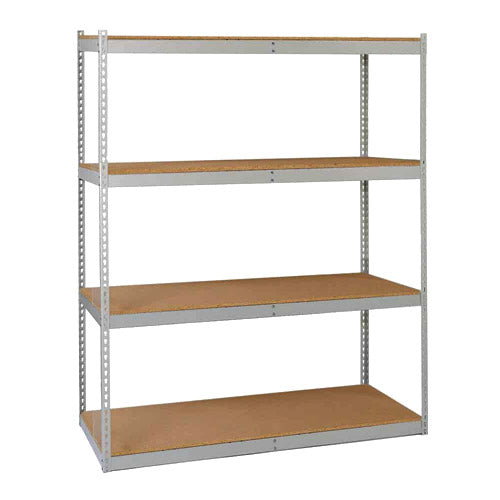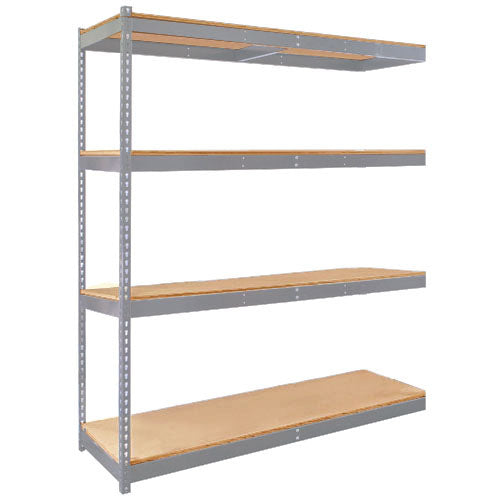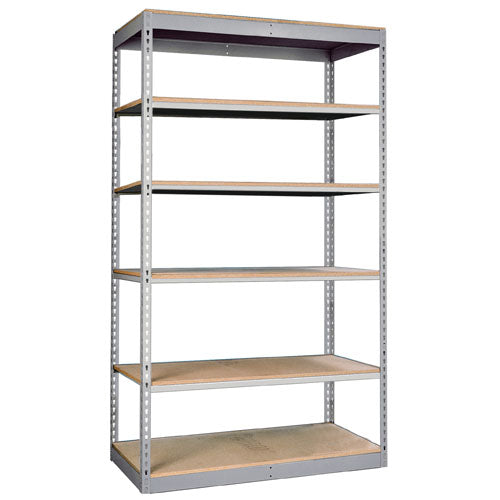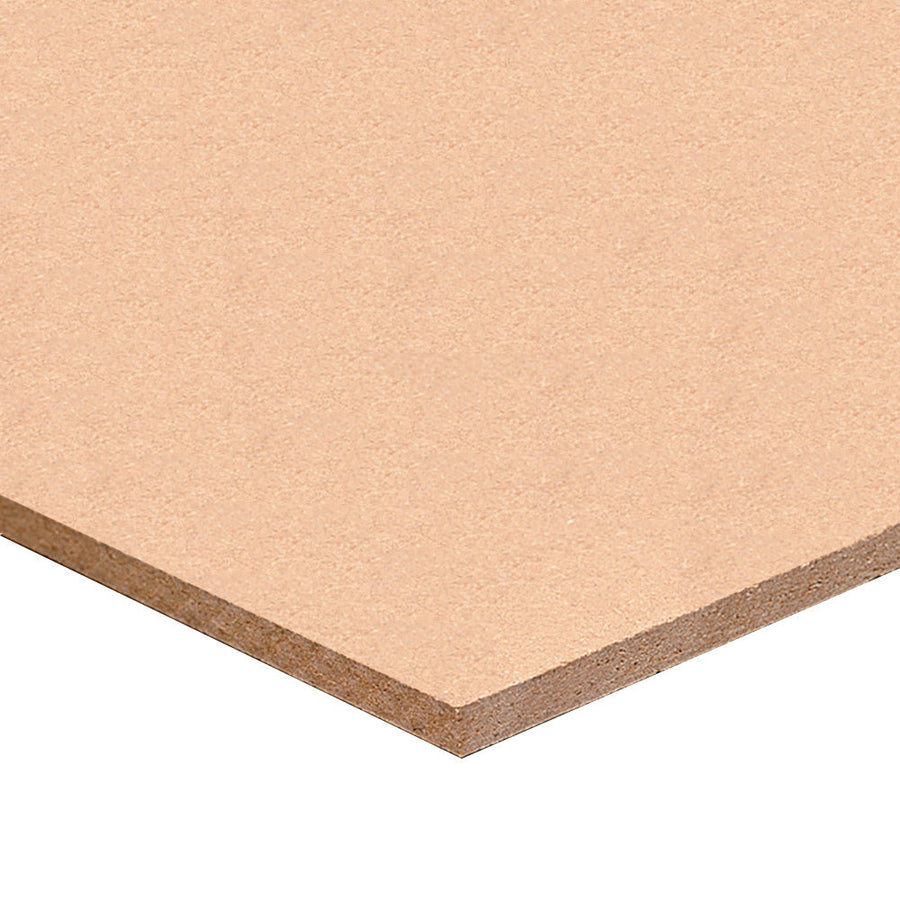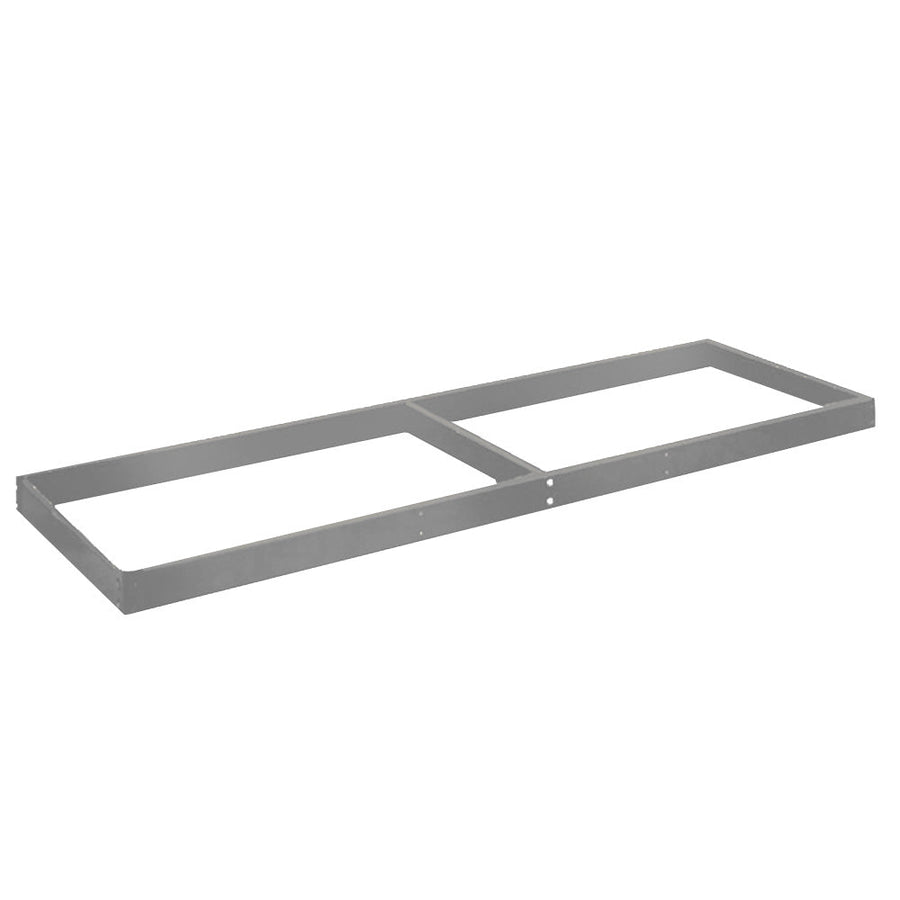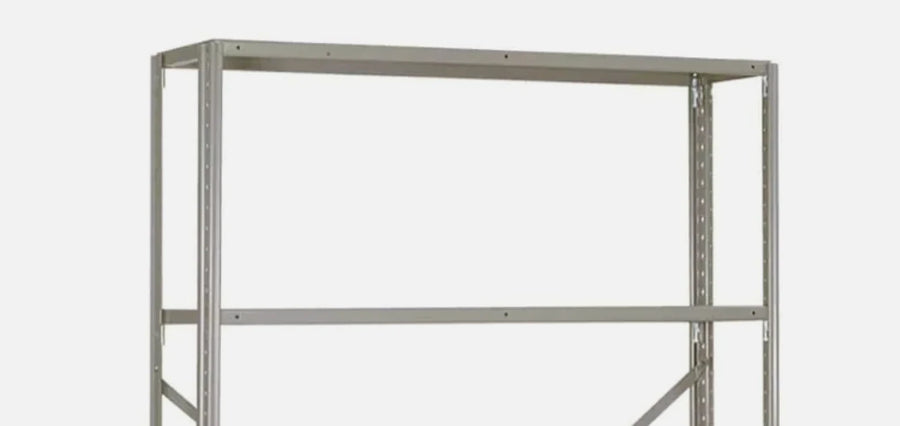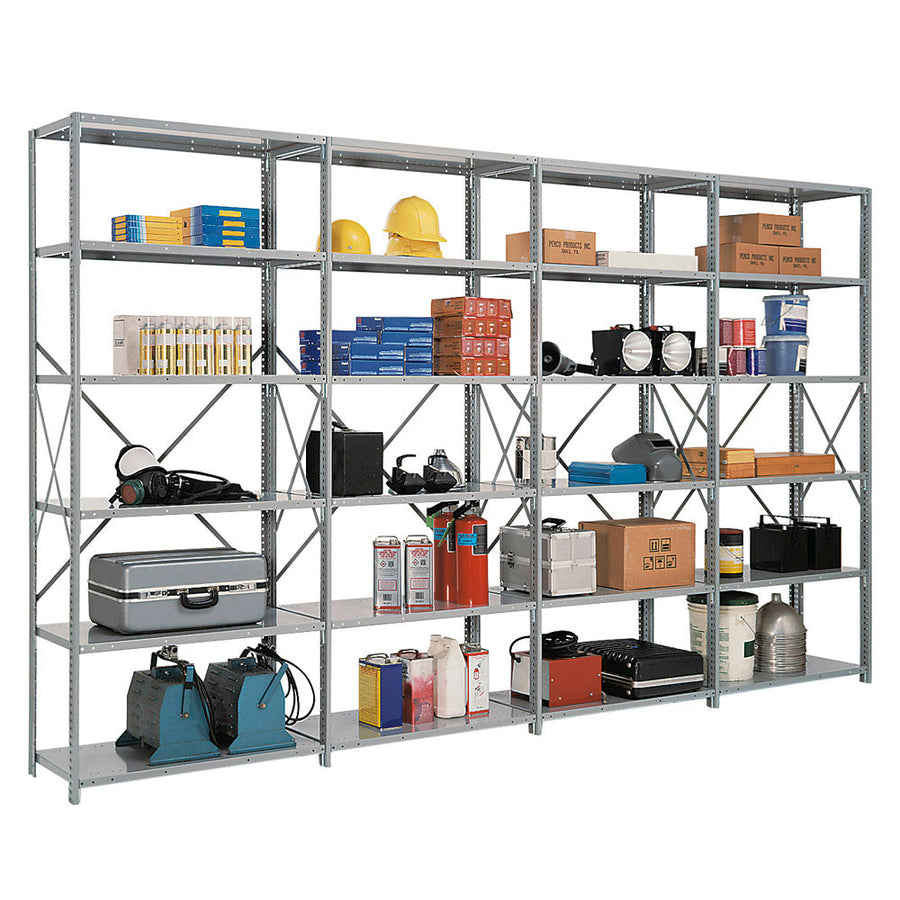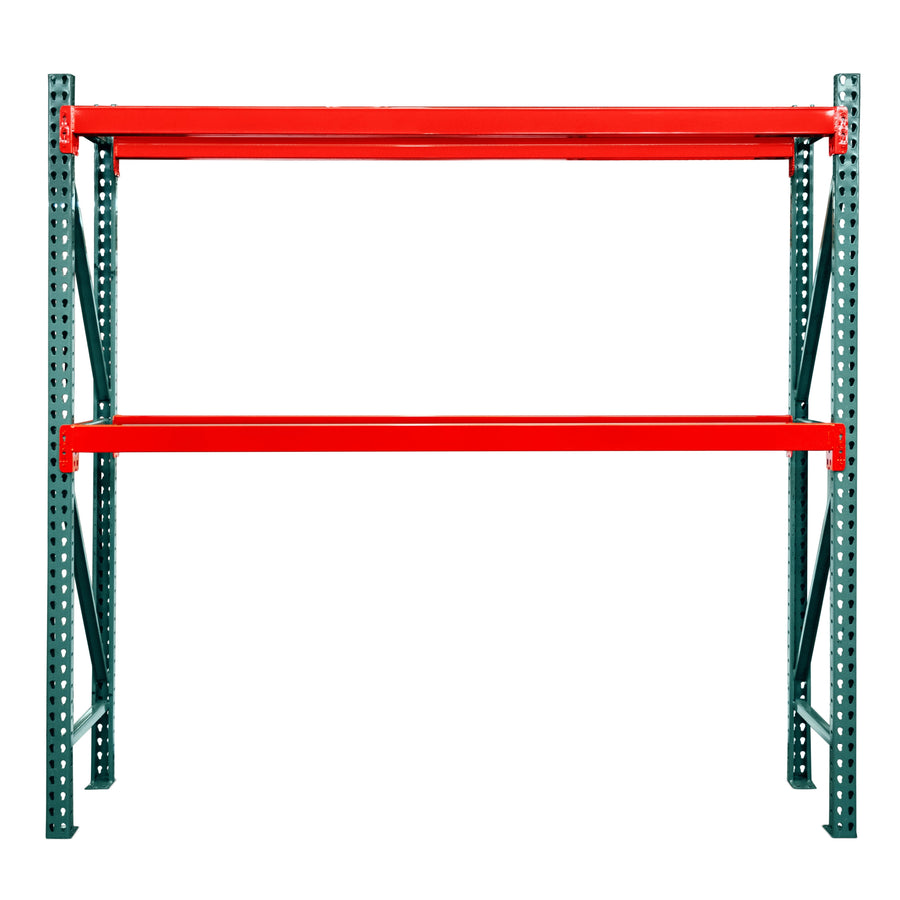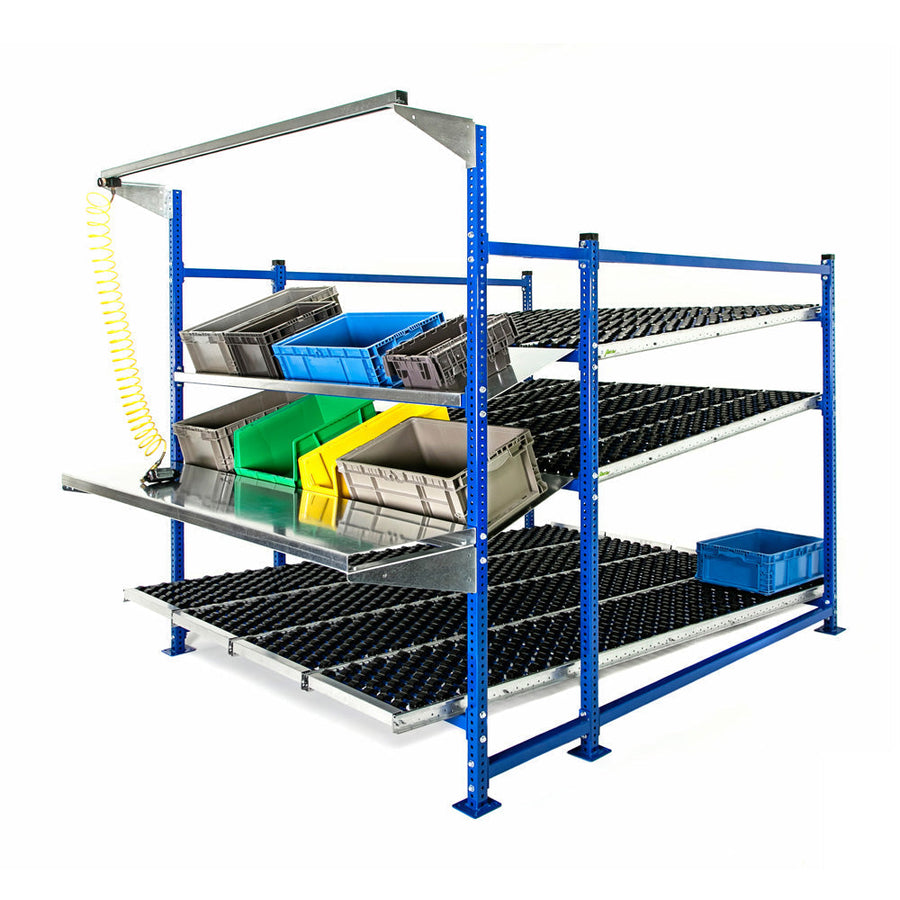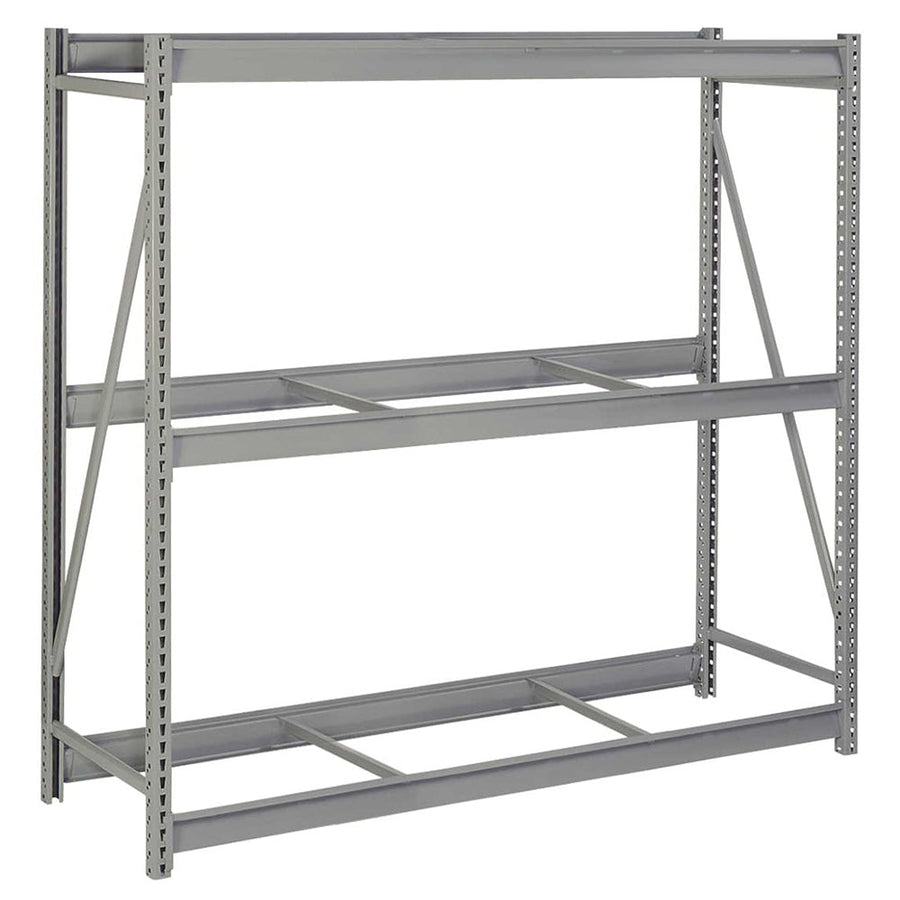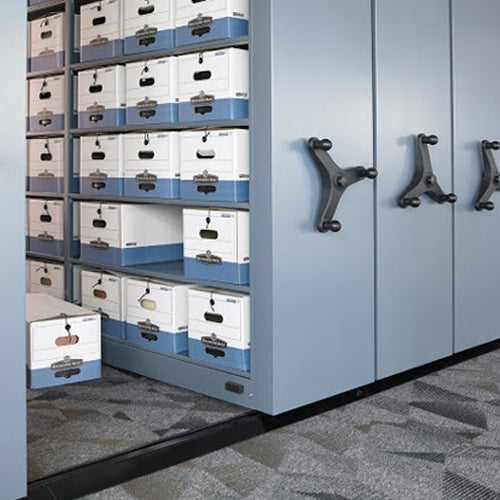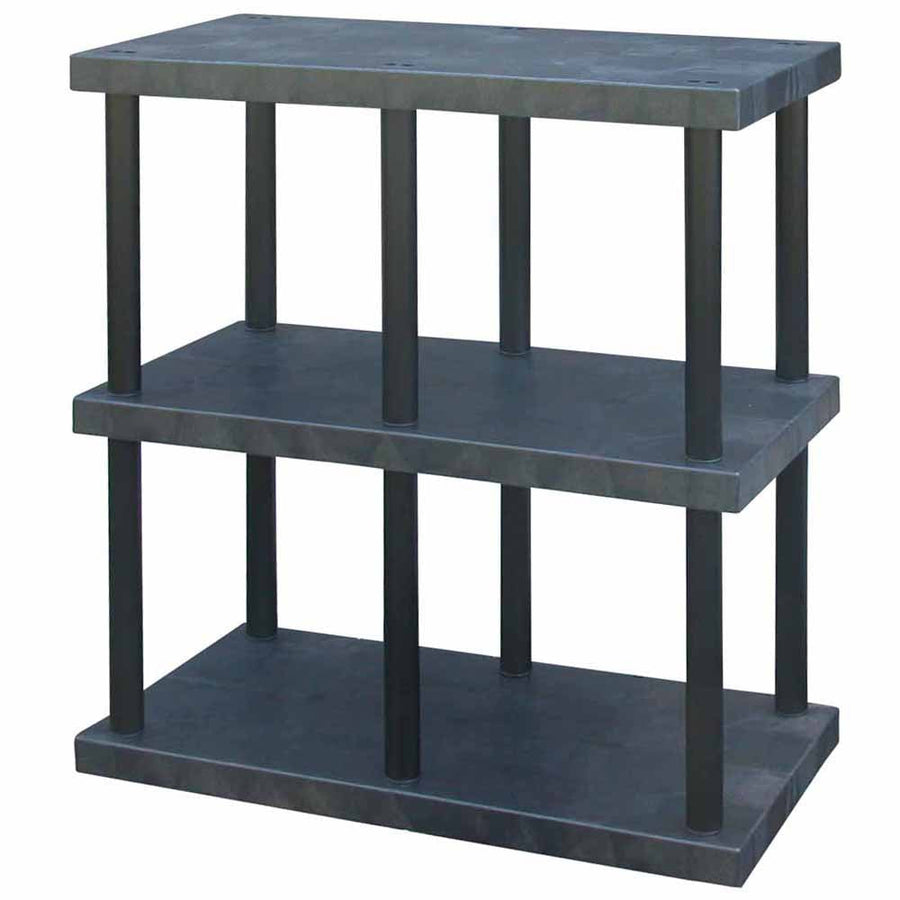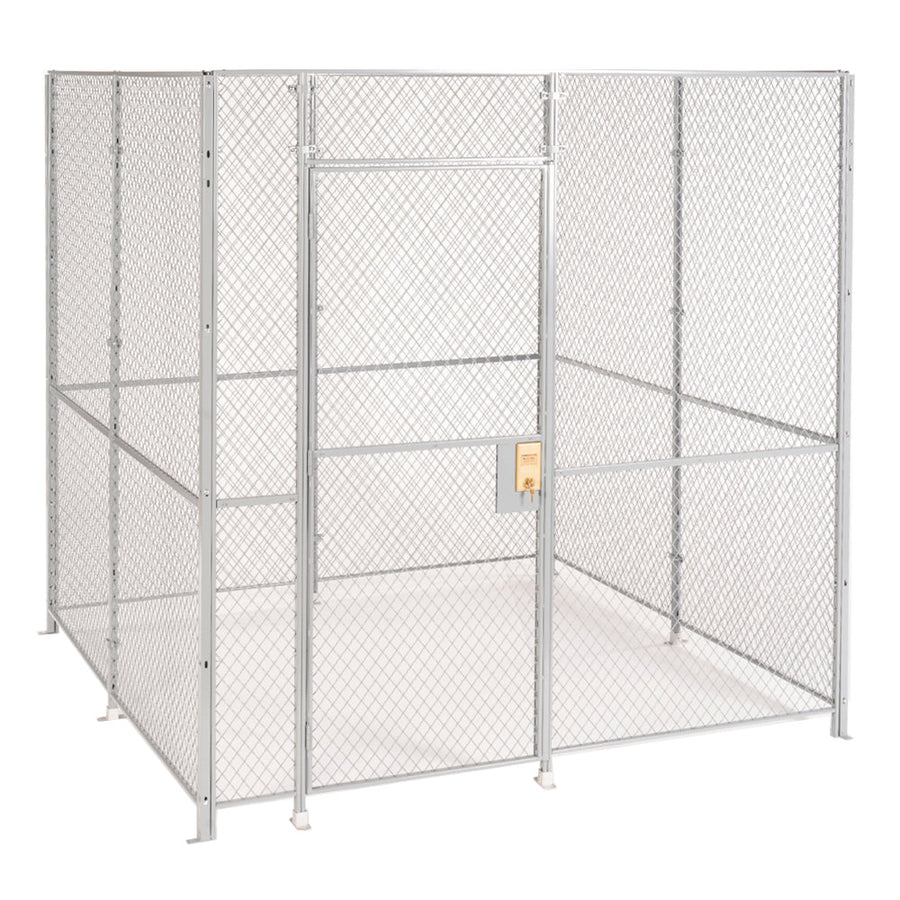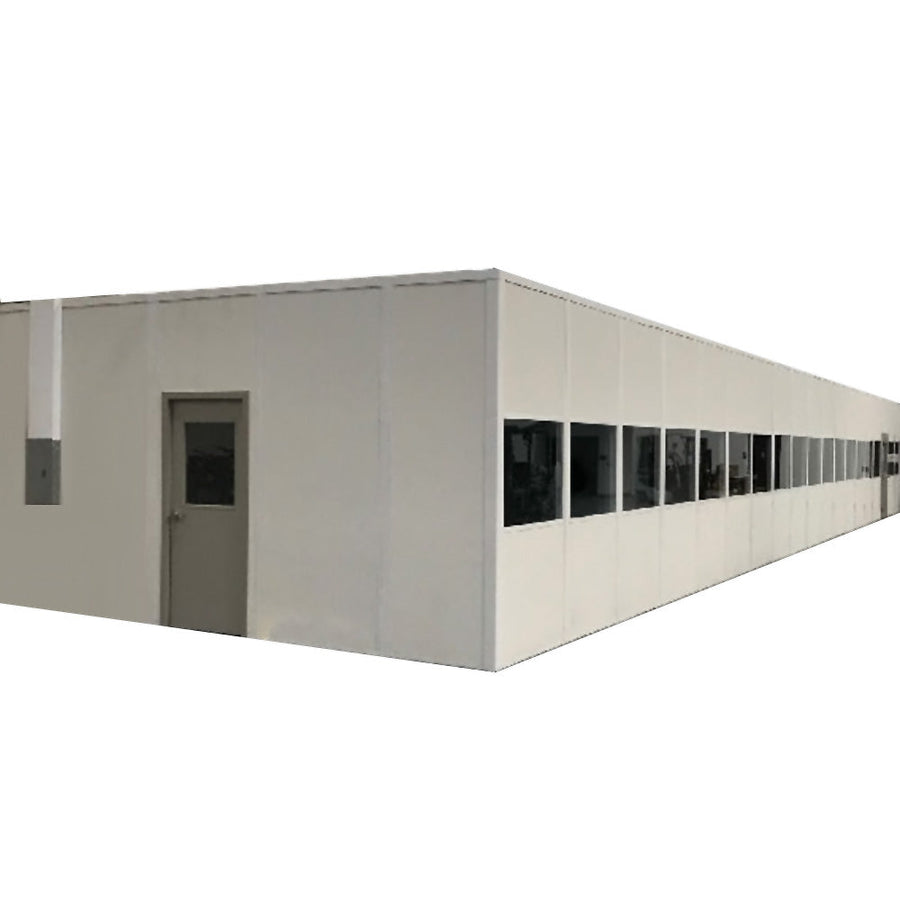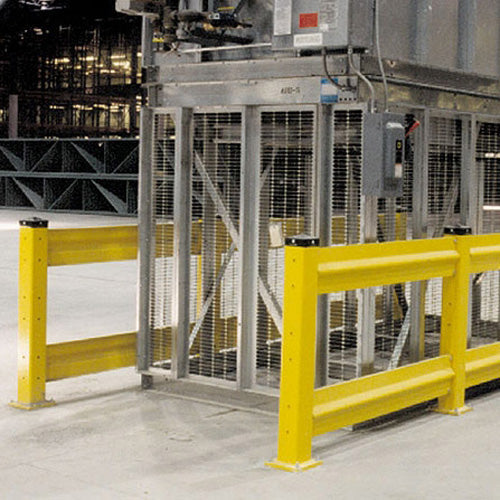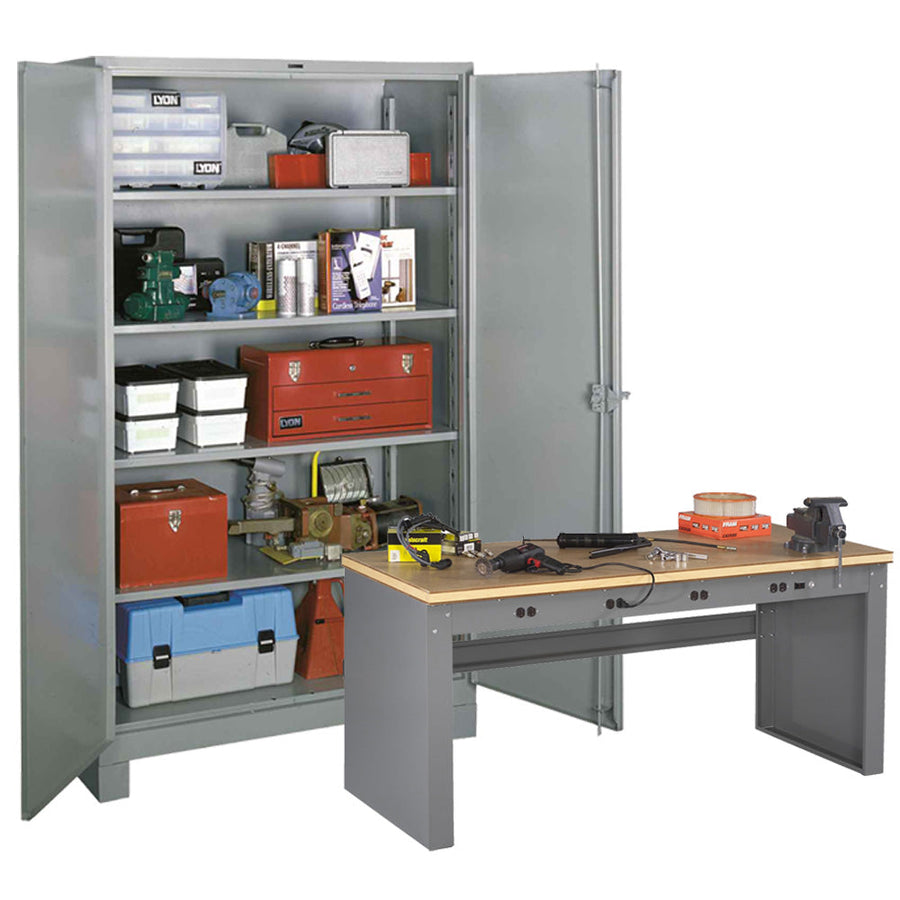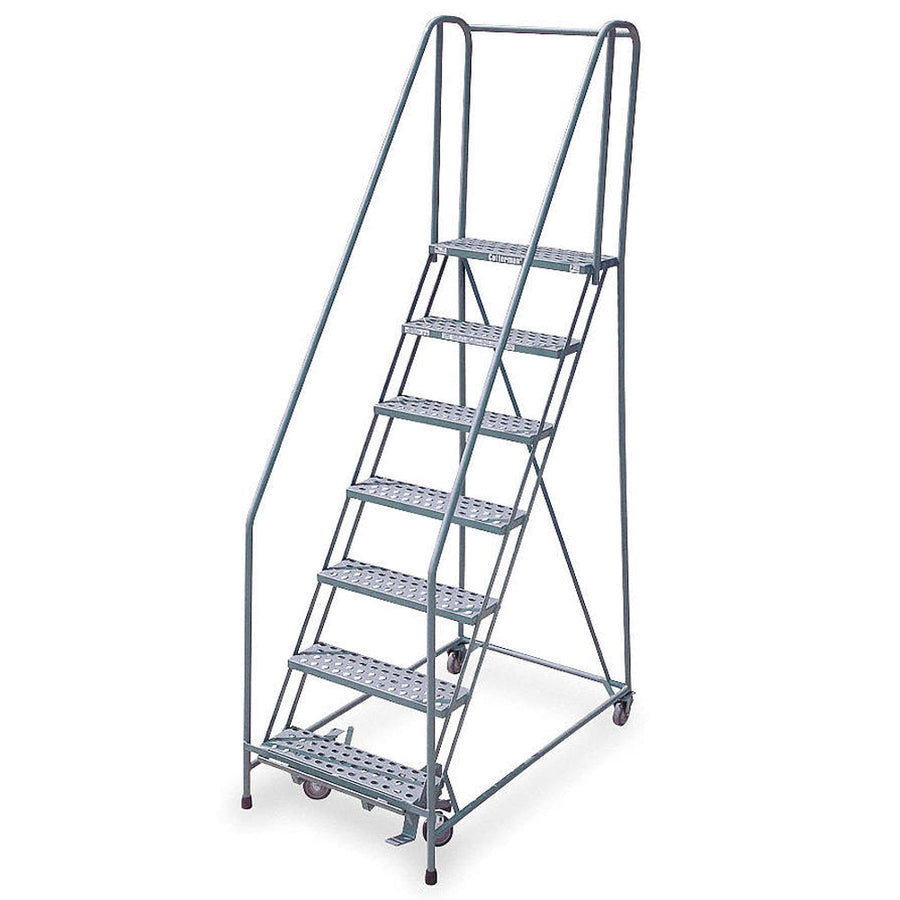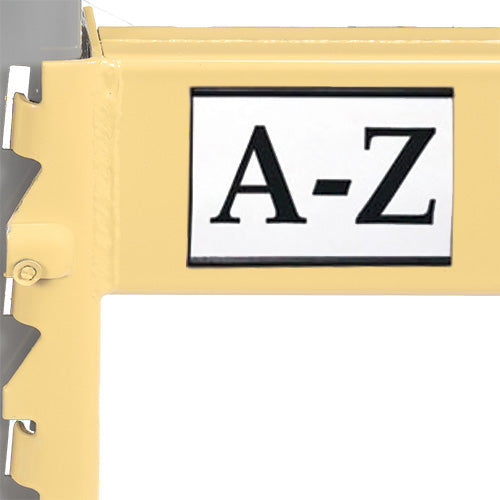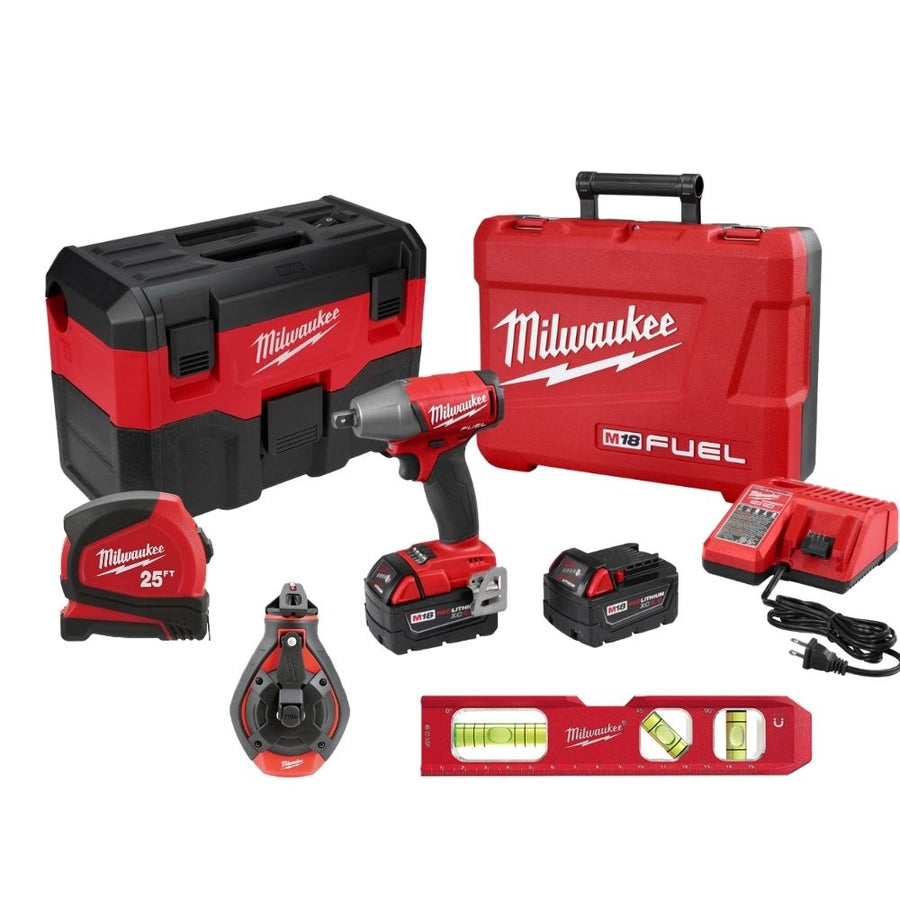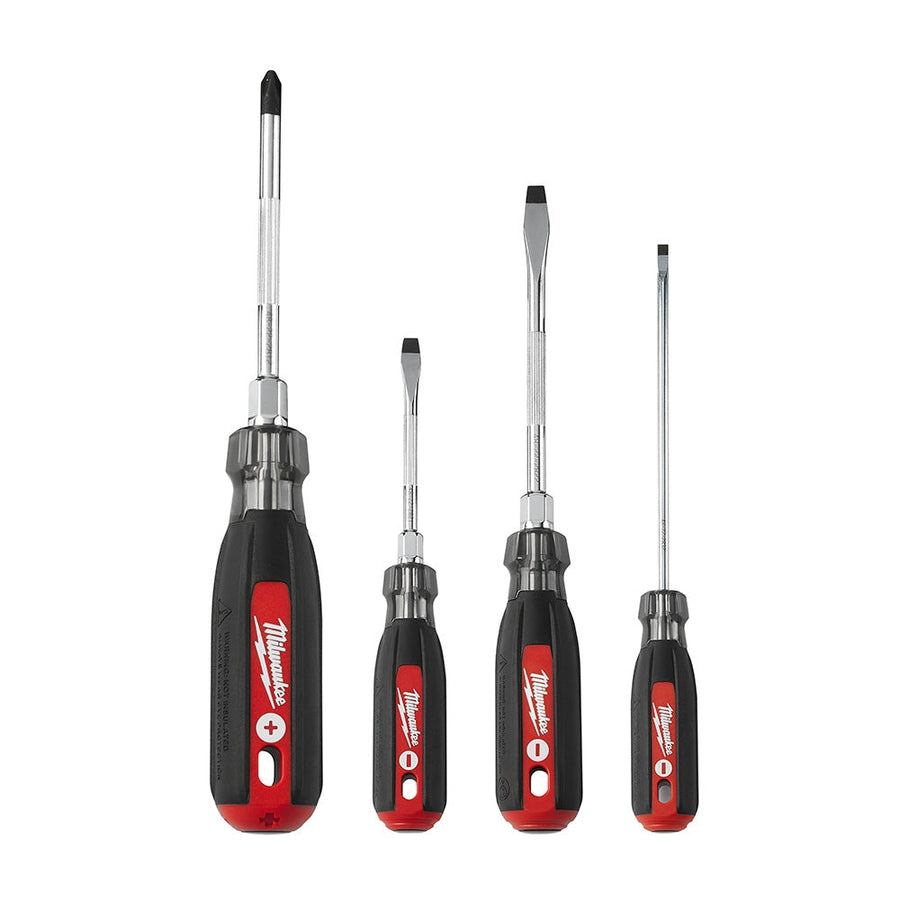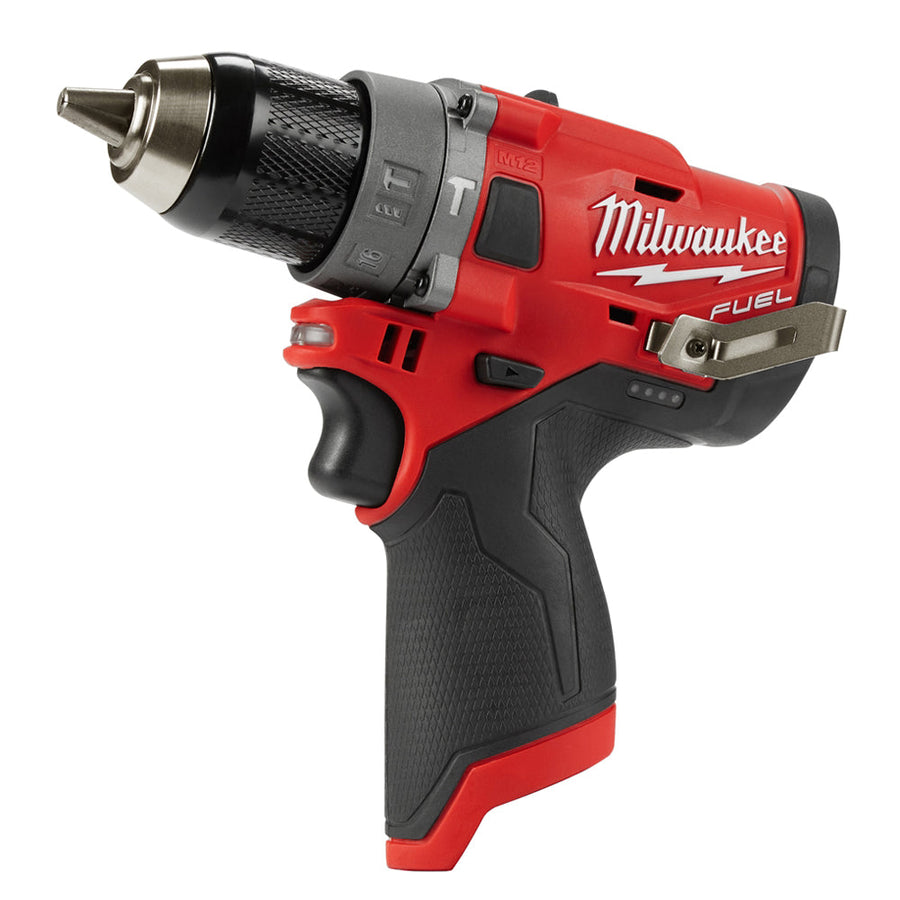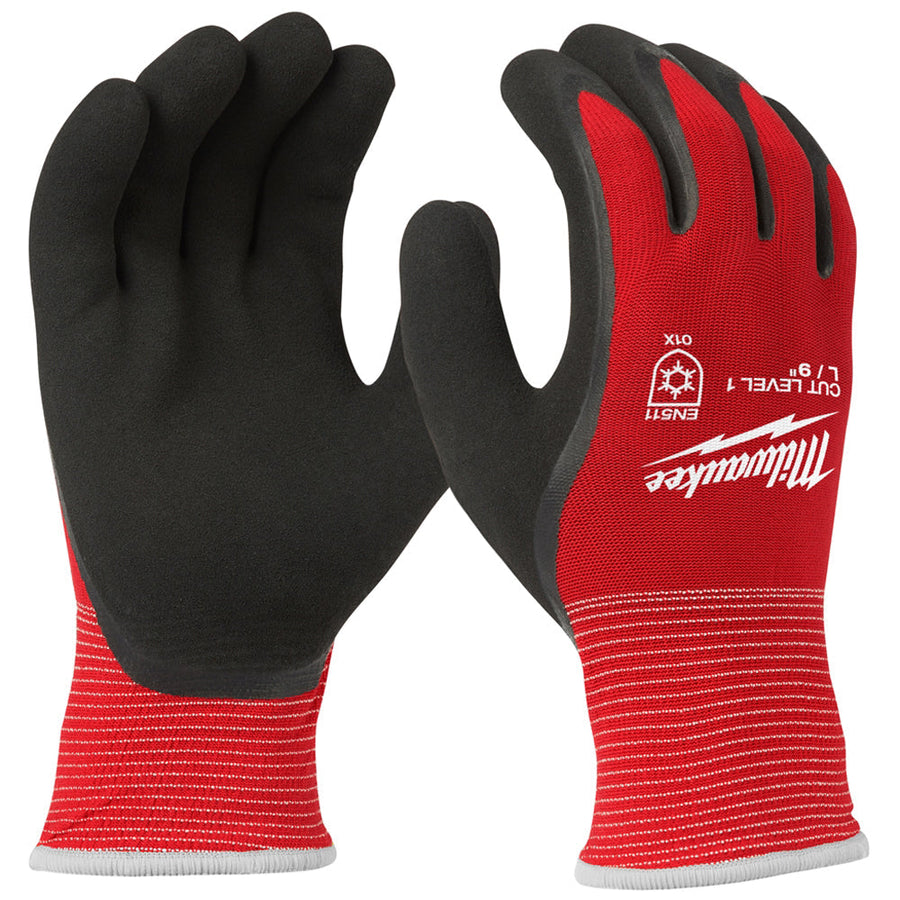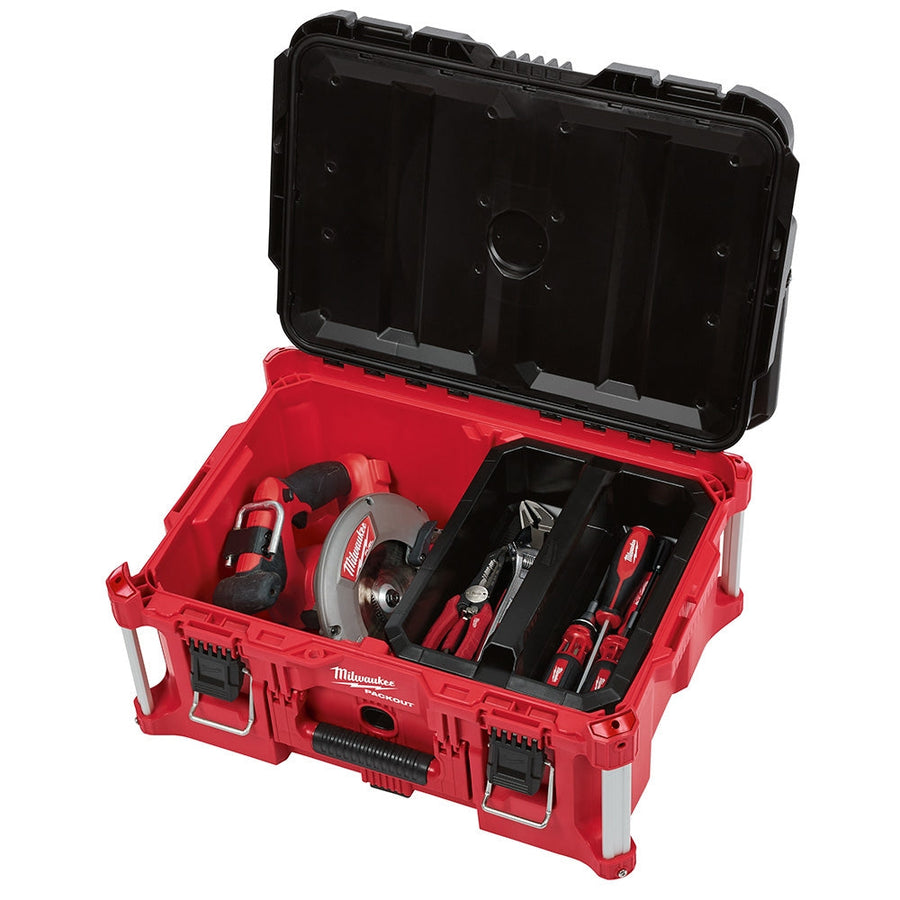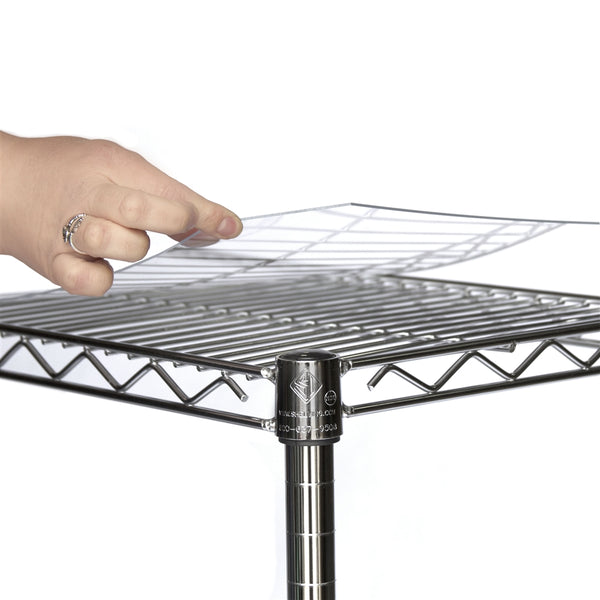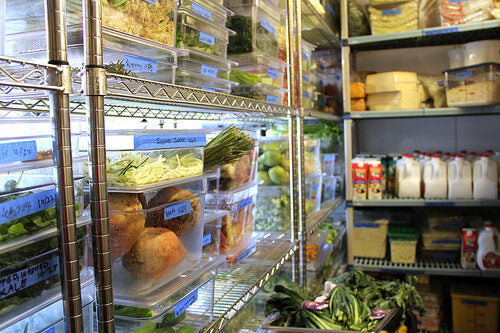Proper food storage is essential for maintaining safety, freshness, and compliance in commercial kitchens, restaurants, and food service operations. Implementing best practices not only minimizes the risk of contamination but also ensures efficient inventory management. Below are updated guidelines, incorporating current standards and products from Shelving Inc., to optimize your food storage systems
Utilize NSF-Certified Shelving for Food Safety
NSF-certified shelving meets stringent standards set by NSF International, ensuring that materials are safe for food contact and can withstand rigorous cleaning protocols. Shelving Inc. offers a range of NSF-approved shelving options suitable for various environments:
-
Walk-In Cooler Wire Shelving: Coated in a specialty epoxy that’s guaranteed to prevent rust or corrosion, our walk-in cooler wire shelving holds up to 800 lbs per shelf and is ideal for cold storage items.
-
Poly-Z-Brite Wire Shelving: Features a clear epoxy coating with NEXGard antimicrobial agent, providing enhanced protection against rust, corrosion, and bacteria. Ideal for humid environments like coolers and freezers.
-
Epoxy Coated Wire Shelving: Designed for moist or humid settings, this shelving resists scratches and supports up to 300 lbs per shelf, and comes in green and black options.
Selecting the appropriate shelving ensures durability and compliance with health regulations.
Maintain a Minimum of 6 Inches Between Shelves and the Floor
There are two very good reasons to keep your lowest shelves no less than 6 inches above the ground: it helps to prevent contamination from dirt, pests, and moisture and makes it easier to clean, while promoting better air circulation around stored items.
Store Raw Meat on the Lowest Shelves
When meat is thawed or marinating, there is the possibility for liquid to drip onto other things. Storing raw, thawed, or marinating meat on the lowest shelves can prevent that. All food should be covered while in the freezer or refrigerator, but you don’t want to take any risk for cross-contamination. And if your lowest shelves are at least 6 inches off the ground, you’ll have no problem cleaning up any potential messes. Cooked meat products can be stored on higher shelves, as well
Ensure Adequate Air Circulation Around Stored Items
Proper airflow within refrigeration units is crucial for maintaining consistent temperatures and prolonging the freshness of stored foods. Leave at least 3 inches of space between items to cool evenly and ensure that vents are not obstructed.
Implement Comprehensive Food Labeling Practices
Accurate labeling of stored food items is vital for inventory management and food safety. Labels should include the product name and the date of storage or expiration. This practice helps in tracking shelf life and ensures that older stock is used before newer stock.
Position Produce Away from Refrigeration Fans
Delicate produce items can be damaged by direct exposure to cold air from refrigeration fans. Store fruits and vegetables in designated produce drawers or areas away from direct airflow to maintain their quality.
Adopt the First In, First Out (FIFO) Method
The FIFO inventory system involves using older stock before newer stock, reducing waste and ensuring food safety. It makes more sense to place older items close to the front of a freezer or refrigerator, where they can be accessed more easily before expiring, while newer items are placed towards the back.
By adhering to these updated food storage guidelines and utilizing NSF-certified shelving from Shelving Inc., you can enhance the safety, efficiency, and compliance of your food service operations.

